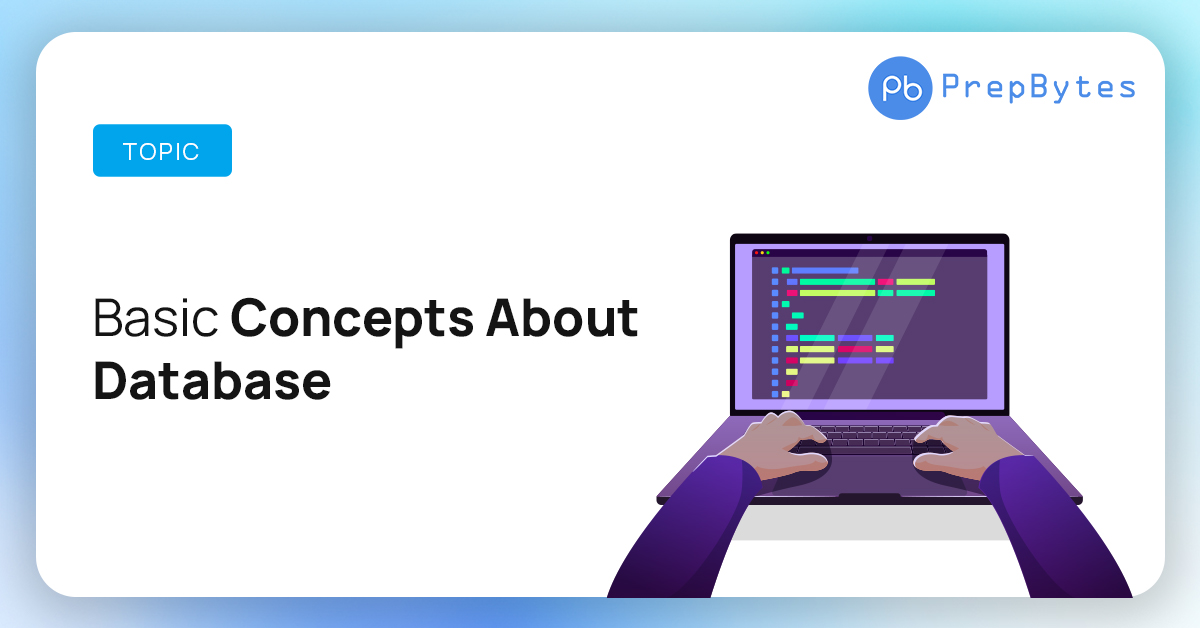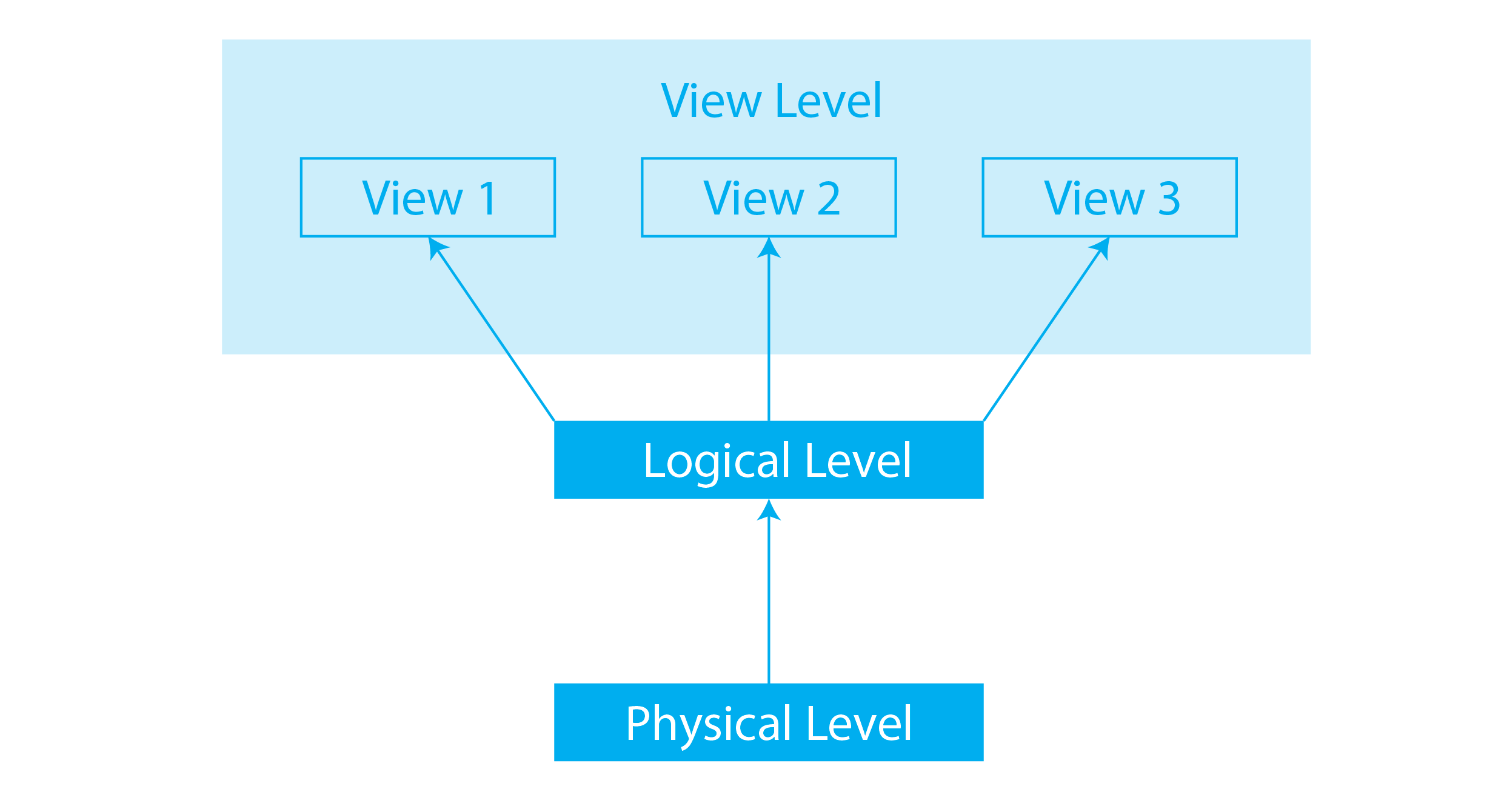Last Updated on June 27, 2023 by Mayank Dham

Database systems are advanced computer-based record-keeping systems that offer exceptional functionality in organizing and managing data. These systems, commonly known as databases, store vast amounts of information related to specific organizations, enabling efficient decision-making processes within their management. By maintaining comprehensive data, they facilitate the smooth operation of an organization by providing the necessary information for informed decision-making.
A database system can be defined as a cohesive collection of interconnected data that is stored together to serve multiple applications. It operates independently of the programs that utilize the data, ensuring flexibility and adaptability. This independence allows for seamless addition, modification, and retrieval of data within the database, following a standardized and controlled approach. By adhering to a structured format, databases lay the foundation for future application development and expansion.
What Is a Database?
A database is a planned grouping of material that has been organized and is often kept electronically in a computer system. A database management system (DBMS) typically has control over a database. The term "database system," which is frequently abbreviated to "database," refers to the combination of the data, the DBMS, and the applications that are connected to it.
To facilitate processing and data querying, the most popular types of databases currently in use typically model their data as rows and columns in a set of tables. The data may then be handled, updated, regulated, and organized with ease. For writing and querying data, most databases employ structured query language (SQL).
Purpose of Database
A database’s goal is to have a collection of data serve as many applications as it can. As a result, a database is frequently considered to be a collection of data required to carry out specific tasks inside a business or organization. It would enable not just data retrieval but also ongoing data alteration, which is necessary for operation control. You might be able to search the database to get answers to your inquiries or details for planning.
Permanent records are kept in many files in a typical file-processing system. To extract the records and add them to the proper files, a variety of application programs are built. Data redundancy (data duplication), data inconsistency, maladaptive data, non-standard data, unsecured data, erroneous data, etc. are some of the key limits and drawbacks of this method. All of these issues can be solved with a database management system because it offers centralized data control.
Database Abstraction
Providing the user with only the information they need is one of a database’s main goals. This indicates that the system hides some information about how the data is maintained and stored rather than disclosing all the information about the data. They are shielded from the complexity of databases, which, if necessary, are arranged across a number of levels of abstraction to ease their engagement with the system. Three layers are used to implement the various database levels:
Internal Level (Physical Level)
The internal level, the lowest level of abstraction, is the most analogous to physical storage. It explains the specifics of how the data is kept on the storage medium.
Conceptual Level
The data that is specifically saved in the database is described at this level of abstraction. Additionally, it describes the connections between the data. At this level, databases are logically explained using straightforward data structures. Users at this level are not concerned with the actual implementation of these logical data structures.
External Level (View Level)
This level, which is closest to users, relates to how each user views the data.

Any modification at one level can have an impact on plans at other levels since a database can be seen through three different levels of abstraction. Databases may occasionally undergo numerous modifications as they continue to expand. The database shouldn’t need to be redesigned and implemented as a result of this. The idea of data independence works well in this situation.
Concept of Database
To store and manage data efficiently in the database let us understand some key terms:
1. Database Schema: The database’s design. Alternatively, we may describe it as the database’s "skeleton," which shows the links between the tables, constraints, and the sorts of data that will be stored in the rows and columns.
2. Data Constraints: In a database, we can use constraints to impose limitations on a table’s ability to contain certain types of data in one or more of its columns. As we build the table, constraints are defined.
3. Data dictionary or Metadata: The data about the data is referred to as metadata, or data dictionaries. Alternatively, we may argue that metadata refers to the database structure and other sorts of data constraints that are recorded by DBMS in the dictionary.
4. Database instance: A database instance is used to specify the entirety of the database environment, including all of its constituent parts. Alternatively, we could say that the memory structures and background operations that are employed to access the database files are a group of them.
5. Query: To access data from a database, you must first create a query. Users must therefore create queries in order to manipulate or obtain data from the database.
6. Data manipulation: In a database, we can easily manipulate data using the three main operations that are Insertion, Deletion, and updation.
7. Data Engine: It is an underlying component that is used to create and manage various database queries.
Advantages of Database
Let us consider some of the benefits provided by a database system and see how a database system overcomes the above-mentioned problems:-
- significantly reduces database redundancy
- The database has strong control over inconsistent data.
- Data sharing is made easier by the database.
- Databases impose rules.
- Data security can be ensured via the database.
- Databases can be used to uphold integrity.
Therefore, for systems with better performance and efficiency, database systems are preferred.
Disadvantages of Database
With the complex tasks to be performed by the database system, some things may come up which can be termed as the disadvantages of using the database system. These are:-
- Without effective controls, security could be compromised.
- Without effective controls, integrity could be compromised.
- Additional hardware might be needed.
- Possible performance overhead is considerable.
- The system is probably complicated.
Conclusion
In conclusion, understanding the basic concepts of databases is essential in today’s data-driven world. Databases serve as sophisticated computer-based systems for efficient record-keeping, data organization, and information management. By grasping these fundamental concepts, individuals can navigate the realm of databases more effectively, whether as users, developers, or decision-makers.
Databases are collections of interrelated data that store information about a particular enterprise or domain. They provide a centralized and structured repository for storing, managing, and retrieving data. With the aid of database systems, organizations can optimize their operations, enhance decision-making processes, and ensure data integrity.
Key concepts such as data independence, data modeling, and data manipulation are integral to comprehending the workings of databases. Data independence allows for separating data storage and data access, facilitating flexibility and adaptability. Data modeling involves designing the logical structure and relationships within a database, ensuring efficient data organization. Data manipulation involves adding, modifying, and retrieving data from the database using standardized and controlled approaches.
FAQ related to Basic Concepts about Database
Q1. What is a database?
A database is a collection of interrelated data that is organized, stored, and managed in a structured manner to facilitate efficient data access, retrieval, and manipulation.
Q2. Why are databases important?
Databases are essential as they provide a centralized and secure platform for storing and managing data. They enable organizations to make informed decisions, optimize operations, and ensure data integrity.
Q3. What is data independence?
Data independence refers to the separation of data storage and data access. It allows changes in the data storage structure without affecting the way users access and manipulate the data.
Q4. What is data modeling?
Data modeling involves designing the logical structure and relationships within a database. It defines the entities, attributes, and relationships to ensure efficient data organization and retrieval.
Q5. How do databases facilitate data manipulation?
Databases provide standardized and controlled methods for adding, modifying, and retrieving data. Query languages like SQL (Structured Query Language) are used to interact with databases and perform various data manipulation operations.


